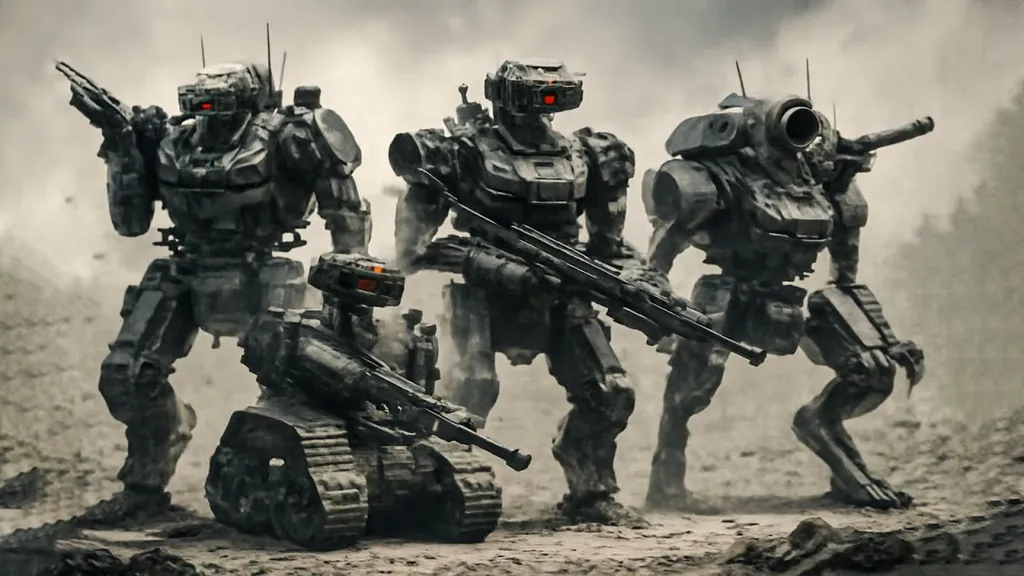Roman Voliansky, a researcher in the field of robotics and automation, has delved into the intricate dynamics of three-wheel mobile robots, particularly those with two drive wheels. His work focuses on the critical task of studying and forming the trajectories of movement for these robots, which are increasingly being employed in police and military operations. The speed and accuracy of these robots’ movements are paramount, as they directly impact the safety of personnel and the efficiency of operations.
Voliansky’s research centers on treating mobile robots as dynamic systems with multiple inputs and outputs. By employing optimization, adaptation, robustness methods, and the theory of movement stability, he aims to analyze and synthesize desired trajectories. This involves solving direct and inverse dynamics problems, which are essential for understanding and controlling the robot’s movement. The direct dynamics problem involves determining the robot’s trajectory given its control inputs, while the inverse dynamics problem involves finding the necessary control inputs to achieve a desired trajectory.
The creation of a mathematical model for a three-wheel mobile robot with two drive wheels is a significant aspect of Voliansky’s work. This model serves as a foundation for developing and researching robot control systems that ensure movement along predetermined desired trajectories. The practical applications of this research are vast, particularly in the defence and security sector. Mobile robots equipped with precise control systems can be deployed in high-risk environments, reducing the need for human intervention and minimizing potential casualties.
Moreover, the ability to accurately predict and control the movements of these robots can enhance their effectiveness in various military and police operations. For instance, they can be used for reconnaissance, surveillance, and even combat support. The robots can navigate complex terrains and execute precise maneuvers, making them invaluable assets in the field. Additionally, the research can contribute to the development of autonomous systems that can operate in swarms, further enhancing their utility in defence and security applications.
Voliansky’s work underscores the importance of advanced mathematical modeling and control theory in the development of next-generation mobile robots. By addressing the direct and inverse dynamics problems, he paves the way for more sophisticated and reliable robot control systems. This, in turn, can lead to significant advancements in the capabilities and applications of mobile robots in the defence and security sector, ultimately contributing to the safety and efficiency of operations.
This article is based on research available at arXiv.

